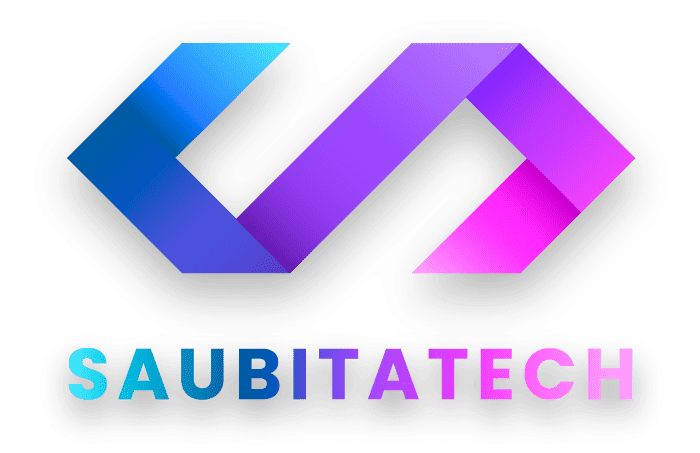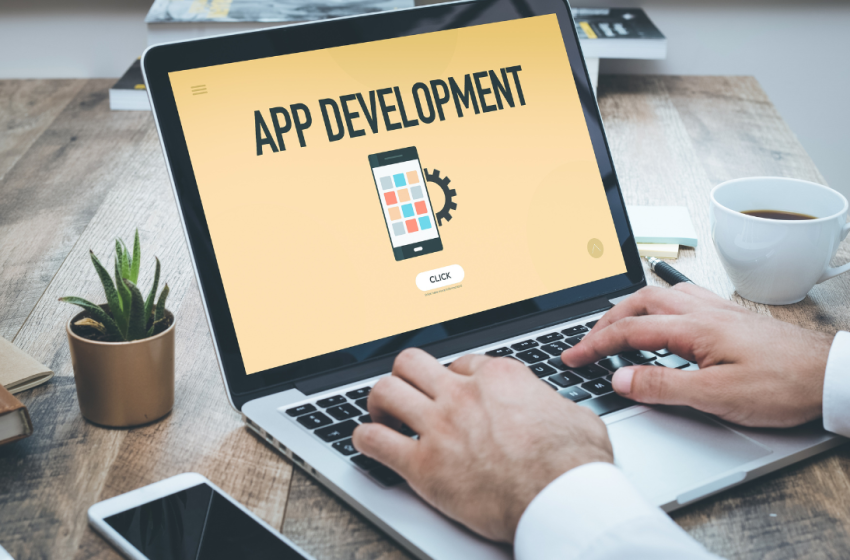Bringing an app idea to life is exciting—but skipping the validation phase can turn that excitement into disappointment fast. Far too many great ideas fail not because they’re bad, but because they’re built without confirming whether there’s actual demand. At SaubitaTech, we help startups and enterprises de-risk product development by ensuring every app idea is tested, refined, and proven before the first line of code is written.
In this blog, we’ll guide you step-by-step on how to validate your app idea before development, using strategic insights and proven techniques to make your digital product a true success.
Why Validation Matters
Validating your app idea helps you:
- Avoid building a product nobody wants
- Identify your core audience
- Focus on essential features
- Save money, time, and development hours
- Increase your chances of market success
Many founders assume that if they love the idea, others will too. But product-market fit is rarely about assumptions—it’s about data-driven insights and real user feedback.
Step-by-Step Guide to App Idea Validation
1. Define the Problem Clearly
Every successful app solves a real problem. Begin by asking:
- What pain point does this app solve?
- Who experiences this problem most often?
- Is the problem urgent or just a minor inconvenience?
Instead of vague ideas like “an app for travelers,” aim for clarity: “An app that helps solo female travelers find safe, verified accommodations with local recommendations.”
This step builds the foundation for everything else. It’s also the stage where consulting an expert team like SaubitaTech’s Mobile App Development services can help you sharpen your concept.
2. Research the Market
Understanding your competitors and market potential is essential. Ask:
- Are there similar apps already?
- What do users love or hate about them?
- How saturated is the market?
Use tools like:
- Google Trends (search interest over time)
- App Store and Play Store searches
- Crunchbase for funding patterns of similar apps
Look for gaps in functionality or underserved niches.
3. Identify Your Target Audience
Validation is impossible without knowing who you’re building for.
Create a User Persona:
- Name: Startup Sarah
- Age: 29
- Pain Point: Needs a way to manage multiple freelancer contracts easily
- Current Solution: Google Docs + spreadsheets
Targeting is more than demographics—it’s about behaviors, goals, and frustrations. This persona will guide your testing and marketing down the line.
4. Build a Value Proposition
A value proposition is a clear statement of what your app does, who it’s for, and why it’s better.
Formula: [App Name] helps [target audience] to [achieve X] by [solving Y problem] in a better way than [competitor or status quo].
Example:
TripSafe helps solo female travelers stay secure by offering trusted, verified accommodations and local emergency info—all in one place.
Testing your value proposition early lets you pivot before spending time on development.
Why the Energy Sector Needs Digital Transformation

5. Create a Landing Page
A simple one-page website that explains your app idea and asks users to:
- Sign up for updates
- Join a waitlist
- Answer a survey
- Provide feedback
Use tools like:
- Carrd
- Unbounce
- Webflow
Promote the page through:
- Social media
- Google Ads
- Reddit/Quora groups
- Newsletters
This approach simulates product interest before development begins.
6. Build a Clickable Prototype
You don’t need a full app to show your idea.
Use tools like:
- Figma
- Adobe XD
- InVision
Create a clickable prototype that mimics real app flows—onboarding, search, checkout, etc. Then, test it with your user persona.
Ask for feedback:
- Is it intuitive?
- Does it solve their problem?
- Would they pay for it?
This step offers deep insight with minimal cost.
7. Conduct Surveys and Interviews
Talk to 10–20 real potential users. Avoid vague praise like “It sounds cool.” Ask targeted questions:
- “Have you tried to solve this problem before?”
- “What are you currently using?”
- “Would you pay for a better solution?”
- “What’s the biggest drawback of your current method?”
Surveys can validate at scale, while interviews give you emotional and practical feedback.
8. Run Smoke Tests
A smoke test is like soft-launching an idea:
- Set up ads pointing to your landing page
- See how many click through
- Track conversion rates (sign-ups, interest forms)
You can run a Facebook or Google ad campaign with just $50–$100 to measure interest in real-world conditions. Use this to A/B test different messages, app names, or features.
9. Test Monetization Early
Don’t wait to test pricing until after development.
Methods:
- Include pricing tiers on your landing page
- Ask users in surveys what they’d pay
- Offer discounts for early adopters
- Test freemium vs subscription interest
This step helps shape your go-to-market strategy with confidence.
Martech Tools Every Marketing Agency Should Know
10. Start Small, Scale Smart
If your validation shows promise, the next logical step is to build an MVP (Minimum Viable Product). An MVP should:
- Solve the core problem
- Be simple and usable
- Let you test retention and feature value
At this stage, partner with a technology team that understands product-market fit. SaubitaTech’s Website and Application Development services offer tailored solutions for scalable MVPs and full product builds.
You can also explore AI and RPA services to automate key workflows from the beginning, boosting efficiency and user experience.
What If My App Idea Fails Validation?
That’s actually a win. It means you’ve saved thousands of dollars and months of work. Don’t abandon the journey—pivot:
- Target a new audience
- Focus on a different pain point
- Tweak your feature set
Sometimes, the most successful apps are born from early rejections that led to better solutions.
SaubitaTech: Your Partner in Smart App Development
At SaubitaTech, we don’t just build apps—we co-create validated digital products. From idea testing to launch and beyond, our strategic services ensure you’re building something that users need and love.
Explore how we help businesses with:
We understand product-market fit is everything—and we’re here to help you get it right.
Ready to Validate Your App Idea?
Don’t leave your app’s success up to chance. Whether you’re an early-stage founder or an enterprise product leader, validation is the smartest way to start.
Contact the SaubitaTech team today via our Contact Page to begin your app journey with clarity and confidence.
Conclusion
Validating your app idea before development isn’t just a step—it’s a strategy. From defining the problem and researching competitors to running real-world tests and collecting actionable feedback, each phase reduces risk and increases your chance of building something meaningful.
With SaubitaTech as your development and validation partner, you’ll gain the insight, tools, and expertise needed to create apps that succeed—not just exist.
Let’s make your vision a validated reality.







